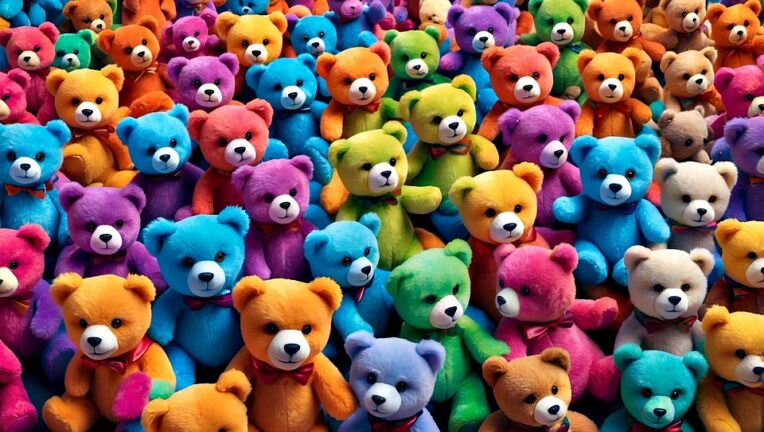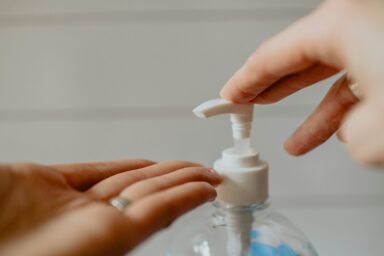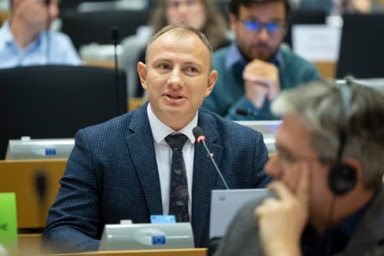New toy safety rules are intended to improve the protection of children’s health and development. The update of an existing 2009 directive comes in response to the rise in online shopping with many toys arriving from outside the EU, namely China. The regulation includes extension of ban on harmful materials like endocrine disruptors or chemicals that are toxic for the skin and other organs.
Though the EU has some of the world’s strictest rules on toy safety, dangerous toys still find their way into children’s hands. That will change with new toy safety rules adopted by the Parliament on Tuesday, 25 November. However, it won’t happen right away—member states and industry actors will have a 4 and a half year transition period to implement the new measures.
Thanks to clear guidelines, modern safety requirements and fair transitional arrangements, companies can plan and grow responsibly—and children can play carefree. – MEP Marion Walsmann (EPP/DEU), rapporteur on the file
According to Marion Walsmann (EPP/DEU), rapporteur on the file, the new regulation sends a clear signal. “Safety must not be left up to chance. Thanks to clear guidelines, modern safety requirements and fair transitional arrangements, companies can plan and grow responsibly—and children can play carefree,” Ms Walsmann said.
Digital product passport
All toys will have to have a clearly visible digital product passport (DPP), showing compliance with the relevant safety rules. The DPP will enhance the traceability of toys and make market surveillance and customs checks simpler and more efficient. It will also offer consumers easy access to safety information and warnings, via a QR code, for example.
Before placing a toy on the market, manufacturers will have to carry out a safety assessment on all potential hazards: chemical, physical, mechanical, and electrical. The assessment will also have to test toys’ flammability, hygiene, and radioactivity, and take children’s specific vulnerabilities into account.
The regulation clarifies and introduces stronger requirements for economic operators like manufacturers and distributors. As an example, manufacturers will be required to mark warnings in easily understandable language and if any toy-related risks arise, they will have to take corrective measures and inform market surveillance authorities and consumers immediately.
You might be interested
The new rules also ban the intentional use of per- and polyfluorinated alkyl substances (PFAS) (so-called forever chemicals) and the most dangerous types of bisphenols. Allergenic fragrances will be prohibited in toys for children under 3 and in toys designed to be placed in the mouth.











